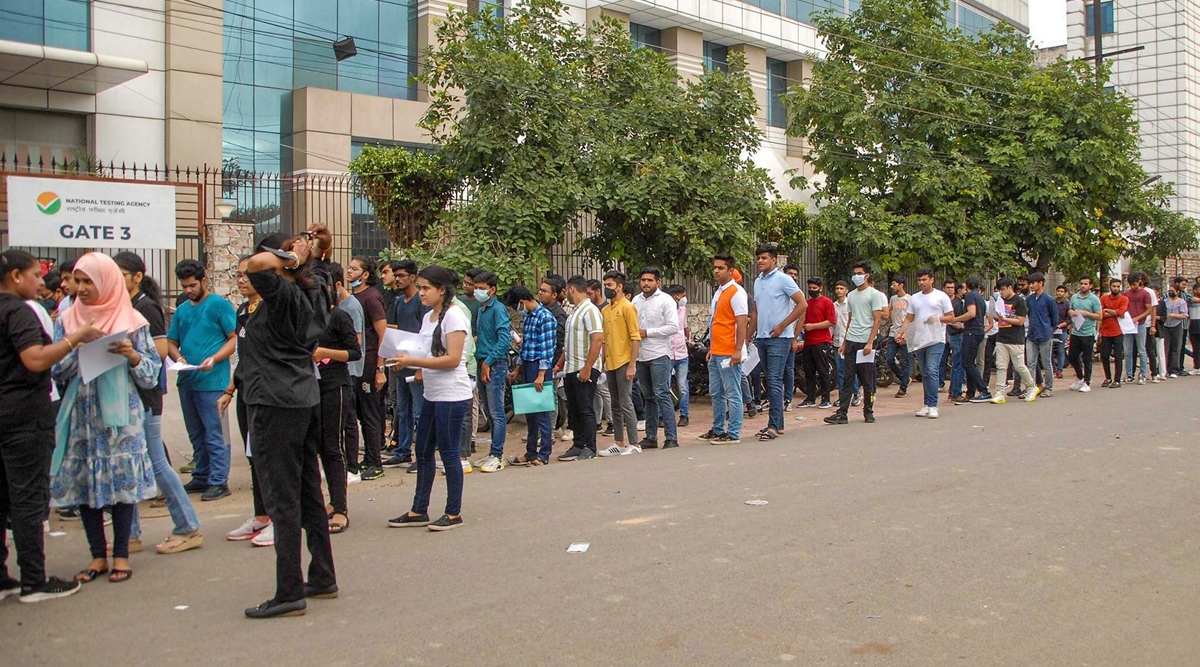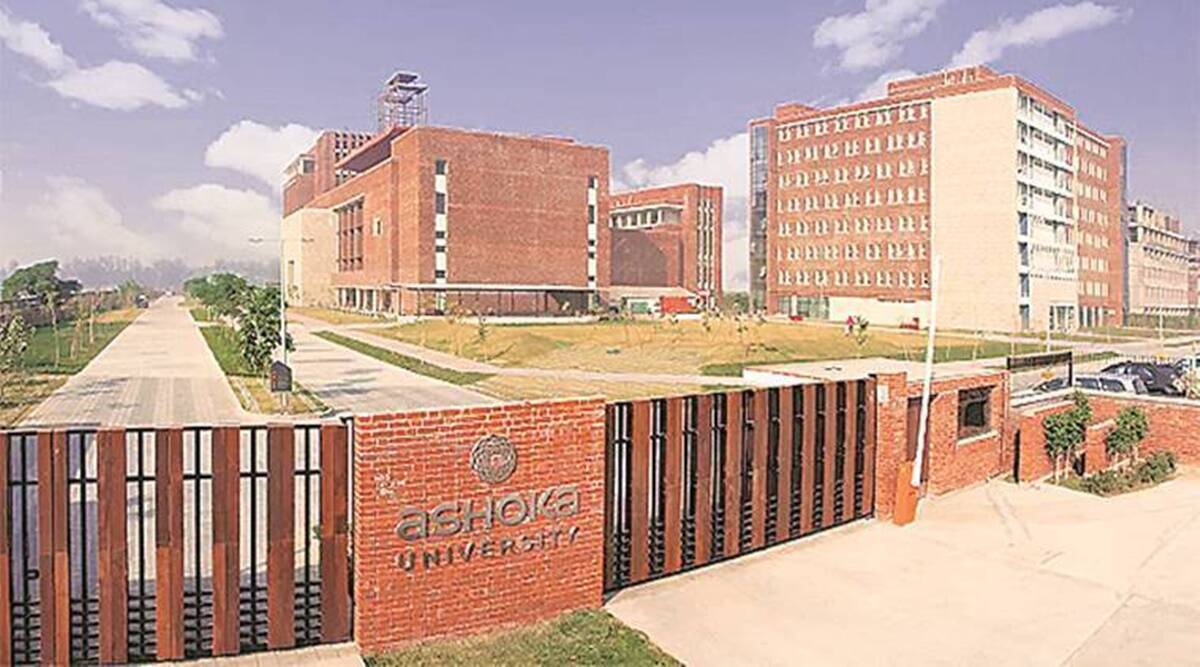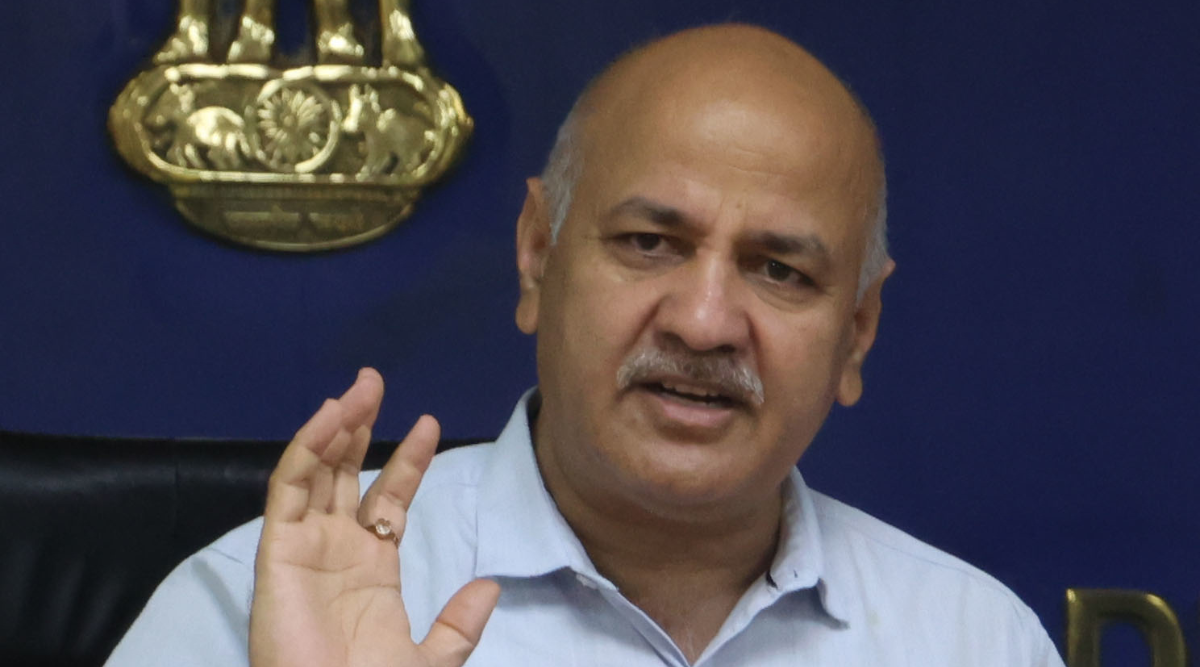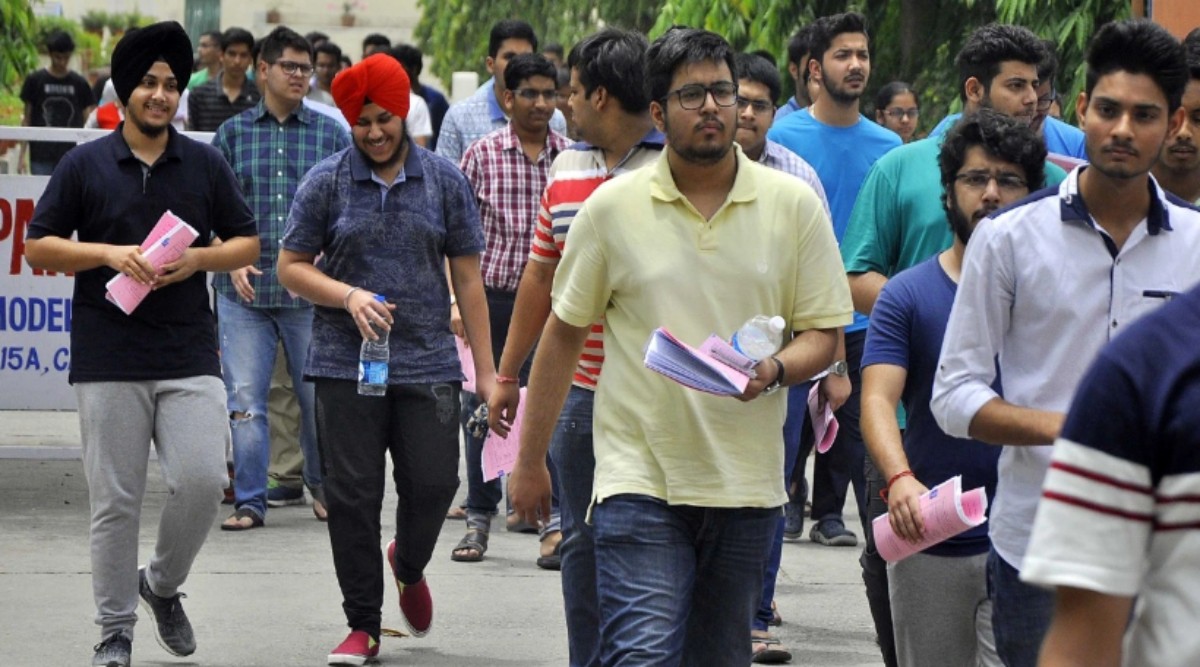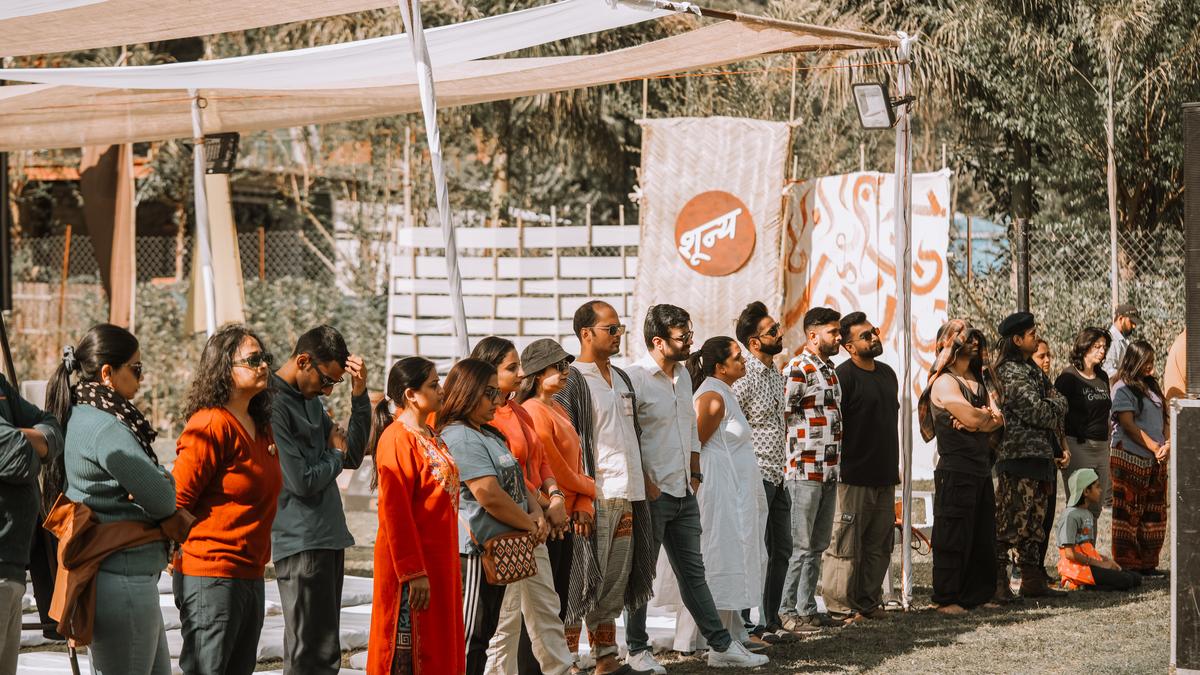With complaints of glitches in the conduct of the Common University Entrance Test (CUET), the first-ever all-India exam for admissions to undergraduate and postgraduate courses in Central universities, the National Testing Agency (NTA) is considering making changes for next year’s exam — among them, a reduction in the number of subject combinations on offer and reviewing the number of cities where the exams is held.
In an interview to The Indian Express on Tuesday, NTA chief Vineet Joshi said, “This was the first year of CUET and people were apprehensive that this was yet another entrance test that would push students towards coaching. In this context, we decided not to limit the subject combinations on offer. This eventually led to 45,000+ unique combinations of subjects opted by students appearing for CUET-UG. However, based on suggestions from various academics and students, we are now looking to strike a balance. We might propose a reduction in the basket of subjects that candidates can choose from…,” he said.
“In my opinion, for example, if someone is looking to pursue commerce, they will be given a combination of three or four subjects to choose from rather than 61 subjects,” Joshi explained.
Currently, NTA offers 27 domain-specific subjects and 33 languages, out of which a candidate can choose a maximum of nine subjects. This spectrum of options had created over 45,000 unique subject combinations.
On August 4, the NTA had to cancel the second shift of the exam as it couldn’t upload the question papers on time. Students had also complained about last-minute rescheduling of exams and late information about exam centres.
Cutting down on the number of cities where the exam is held is another option on the table, Joshi said.
“Currently, there are over 400 cities, which may go down… Or we may have to find a better mechanism of exam delivery like having our own centres or using computer tablets. Based on this year’s experience, we will suggest these points to the committee, which will take the final decision,” Joshi added.
A committee headed by the Vice-Chancellor of the Central University of Punjab had been set up to chalk out the implementation of CUET.
The NTA had also come in for criticism for informing students about their exam centres only a few days before their exams.
This, Joshi said, was a deliberate move to check against potential malpractices. “Cheating in exams has been a common thing and therefore, we needed to ensure that such practices do not happen during CUET. It was decided that we would reveal the exam centre to the candidates as close to the exam date as possible without causing them any inconvenience,” he said.
Asked whether the exam would be conducted more than once from next year, Joshi said it should “ideally” be the case given that the National Education Policy advocates multiple attempts for competitive examinations.
“The ideal choice for conducting CUET twice a year would be to follow the JEE (Main) calendar. The first session can be conducted around January, which is well before the Board exams, and the second in April, once students have taken their Board exams, so that the CUET results are announced prior to the Board results,” he said.
Asked about UGC Chairman M Jagadesh Kumar’s recent suggestion on the merger of JEE and NEET with CUET-UG, Joshi said, “NTA doesn’t make these decisions. We are conducting these examinations on behalf of different bodies like the UGC and the Health Ministry. This decision needs to be made by these bodies.”
“But the idea of a merger of the three entrance exams is feasible since we are testing the same level of students on similar subjects with all of them competing for admission to an undergraduate programme. So the merger is feasible but will need thorough planning,” he added.
Newsletter | Click to get the day’s best explainers in your inbox
To a question on JNU vice-chancellor Santishree Dhulipudi Pandit’s recent remarks that the CUET’s multiple choice format was unsuited for postgraduate admissions, Joshi said, “There is a designated committee that guides NTA on the exam pattern. Suggestions are always taken up and discussed before making any final decision. But every system has its pros and cons. Conducting subjective type exams creates discrepancies during the evaluation process. It has been experienced in the past with NEET and UGC-NET which were earlier conducted in the subjective mode but were then changed into the MCQ-based format.”
Speaking during an Idea Exchange session at The Indian Express, Pandit had said that JNU has been appealing to the Centre to change the CUET format for postgraduate admissions, adding that the absence of qualitative testing would impact student intake.
!function(f,b,e,v,n,t,s)
{if(f.fbq)return;n=f.fbq=function(){n.callMethod?
n.callMethod.apply(n,arguments):n.queue.push(arguments)};
if(!f._fbq)f._fbq=n;n.push=n;n.loaded=!0;n.version=’2.0′;
n.queue=[];t=b.createElement(e);t.async=!0;
t.src=v;s=b.getElementsByTagName(e)[0];
s.parentNode.insertBefore(t,s)}(window, document,’script’,
‘https://connect.facebook.net/en_US/fbevents.js’);
fbq(‘init’, ‘444470064056909’);
fbq(‘track’, ‘PageView’);


